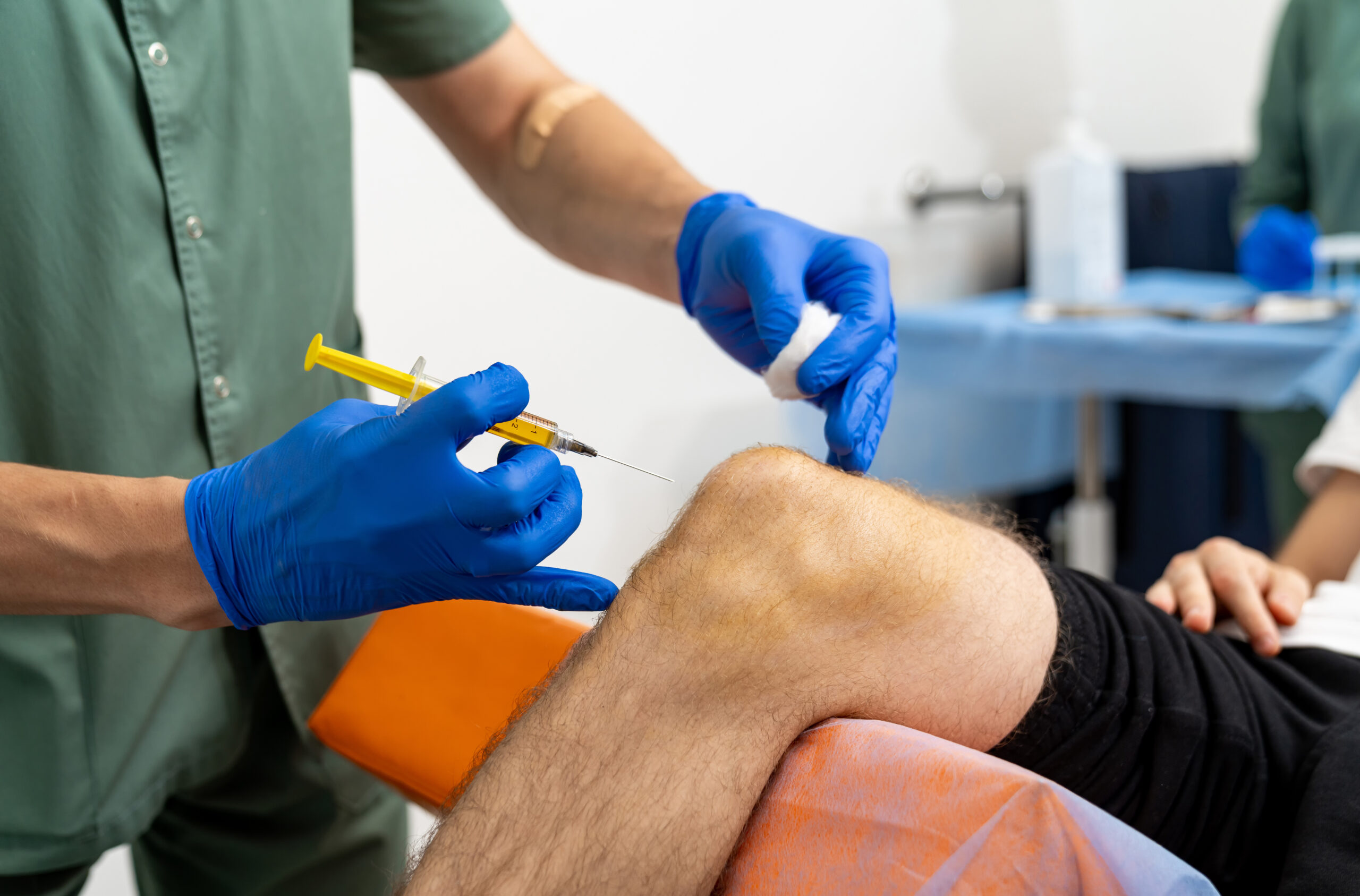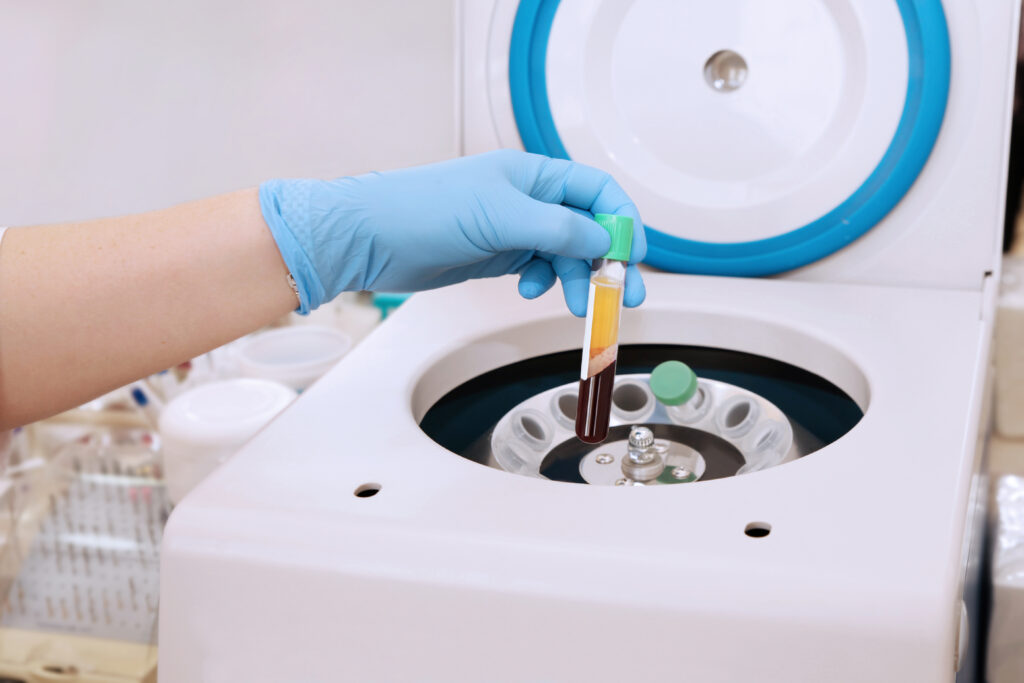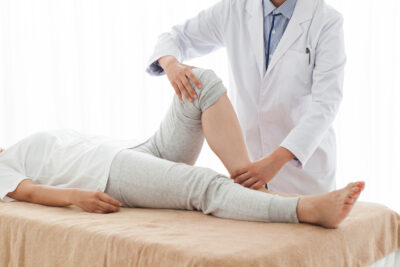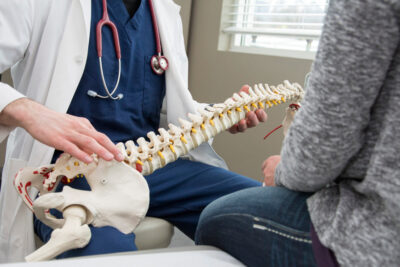What Are PRP Injections, and How Can They Help?

The world of regenerative medicine has gained traction at a rapid pace over recent years, offering benefits for treating everything from injuries to inflammation. One such option that’s become popular is PRP injections – short for Platelet-Rich Plasma injections. But what are they? What do they do? And how do they work? In this article we take a look at the benefits they provide and who can benefit from them. Keep on reading to find out more.
What are PRP injections?
PRP therapy is a process where a small amount of your own blood is drawn and processed to concentrate it into platelets. This enriched plasma is then re-injected into a targeted area of the body. Platelets are known for their role in clotting but also contain powerful growth factors that support healing and tissue regeneration. They’re a harmless but effective way to stimulate repair, reduce inflammation and accelerate recovery in damaged or inflamed tissues.
How do PRP injections work?
PRP therapy is a relatively quick outpatient procedure. Here’s a breakdown of the typical timeline from start to finish:
1. Blood Draw (5–10 minutes) A small amount of your blood (usually 15–60 mL) is drawn from your arm, similar to a routine blood test.
2. PRP Processing (15–30 minutes) The blood is placed in a centrifuge, which spins at high speed to separate the platelet-rich plasma from other blood components.
3. Injection Preparation & Guidance (5–10 minutes) The doctor prepares the injection. In some cases, ultrasound guidance is used to ensure precise placement.
4. PRP Injection (5–15 minutes) The concentrated PRP is injected directly into the injured or affected area (e.g., joint, tendon, muscle). This part is usually quick and well-tolerated.
5. Post-Injection Monitoring (Optional, 10–20 minutes) Some providers may ask you to stay briefly for observation, especially after your first session.
What conditions can PRP help treat?
PRP therapy is used for a wide range of conditions ranging from orthopedic and musculoskeletal, to dermatological. Because PRP is derived from your own body, it is considered a safe and natural alternative to more invasive treatments. It’s most effective for mild to moderate injuries such as:
- Tendon injuries
- Ligament strains or sprains
- Mild to moderate osteoarthritis
- Rotator cuff injuries
- Plantar fasciitis
- Hair loss (androgenic alopecia)
- Skin rejuvenation (as part of microneedling or facial treatments)
When might PRP not be effective?
PRP uses platelets from your own body and is considered natural, so it can be very highly beneficial. There are some cases however, where is might not be so effective and it’s important you’re aware of this before getting treatment. Some areas it might not work so well in include:
- Severe joint degeneration (e.g., advanced osteoarthritis with significant cartilage loss)
- Complete or large tendon/ligament tears (which may require surgery instead)
- Bone-on-bone arthritis
- Active infections or cancer at the injection site
- Certain systemic conditions that affect healing (discuss with your doctor)
It’s important to speak to a medical professional to undergo a full evaluation to determine whether PRP is appropriate for your specific condition. If not, you might end up spending both time and money on something that’s not quite right for your condition.
What can you expect before, during and after the injection?

Before the injection Before your injection, your provider will advise you on anything you need to do before the day. Some might advise you to stop taking anti-inflammatory medicines such as ibuprofen for several days prior to the procedure. this is because they can interfere with the platelets’ ability to function property, potentially hindering the healing process and making it less effective. You should have a consultation and imaging such as an MRI or ultrasound which will pinpoint the exact location of the injury or inflammation.
During the injection A typical PRP injection procedure takes around 30 minutes to complete. This includes the time for the blood draw, processing the blood to separate the PRP and the actual injection itself. Local injection might be applied to the area to minimize discomfort for you, then the blood is drawn. This is then put into the centifuge; a machine that spins the blood at high speeds to separate the platelets and growth factors from other blood components. It only leaves behind the plasma and high quality elements that are needed. The PRP is then injected directly into the affected area with a thin needle. This is sometimes done with the guidance of an ultrasound to ensure it’s as accurate as possible.
After the injection After the injection is done, you’re generally advised to rest the treated area for around 24-72 hours and should avoid any strenuous activity. You might feel a bit of swelling or some soreness for a few days which is all part of the healing response. It’s important to note that results can take a few weeks to become noticeable, so if you don’t notice improvement right away, not to worry. Gradual improvement in pain and function should happen over 1-3 months, so you’ll continue to notice it getting better.
Interested in exploring PRP therapy?
PRP injections offer an effective and minimally invasive solution for those dealing with issues such as chronic pain, sports injuries and age-related wear and tear. By kickstarting your body’s natural healing process, it can help to reduce pain and discomfort, restore function and potentially delay or eliminate the need for surgery. It can help with injuries due to sport, ageing or skin conditions, both for health and cosmetic reasons.
As with any medical condition, it’s worth keeping in mind that PRP isn’t a one-size-fits-all solution and while it might work really well for one person, it might not be so effective for someone else. Speaking to a qualified provider such as Direct Orthopedic Care can help determine if the therapy is right for you or not.
Get in touch with us today to learn more about PRP therapy and how it may be benificial for you.




